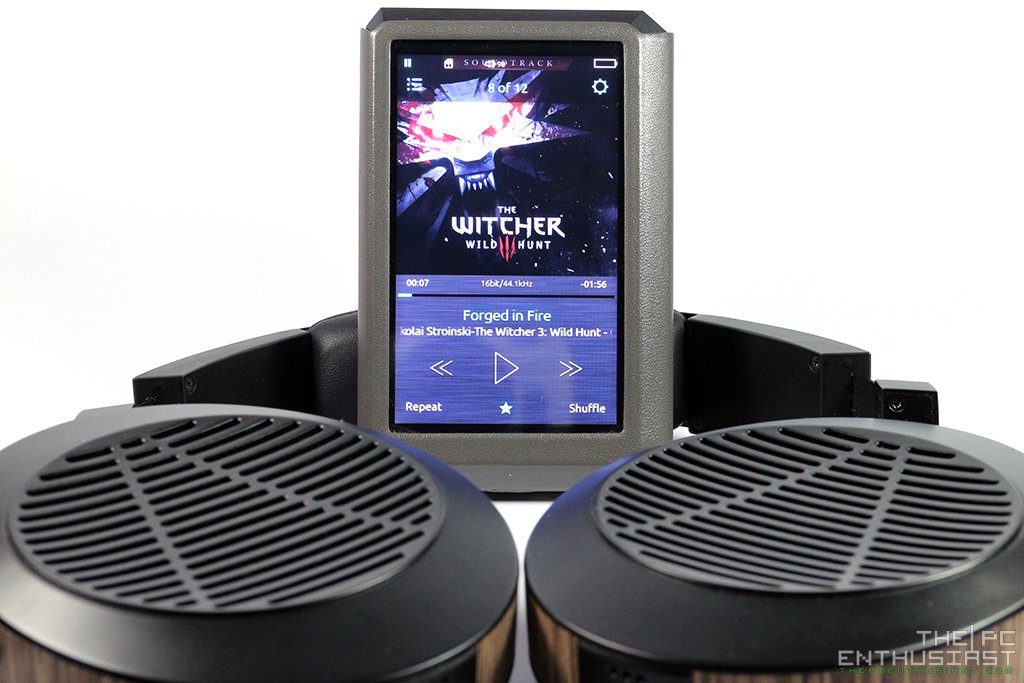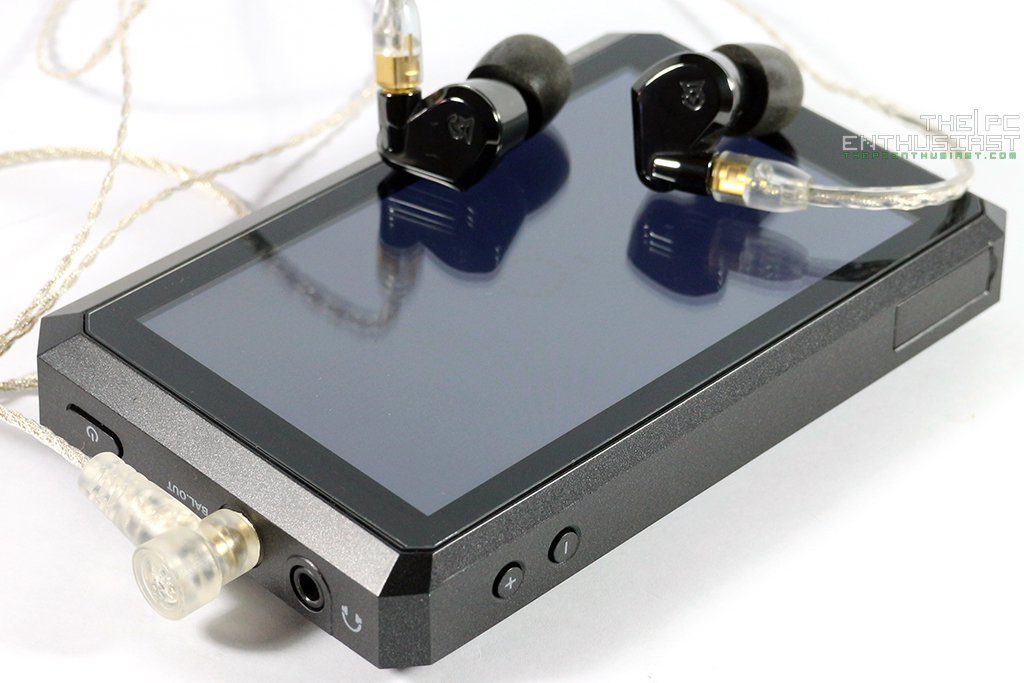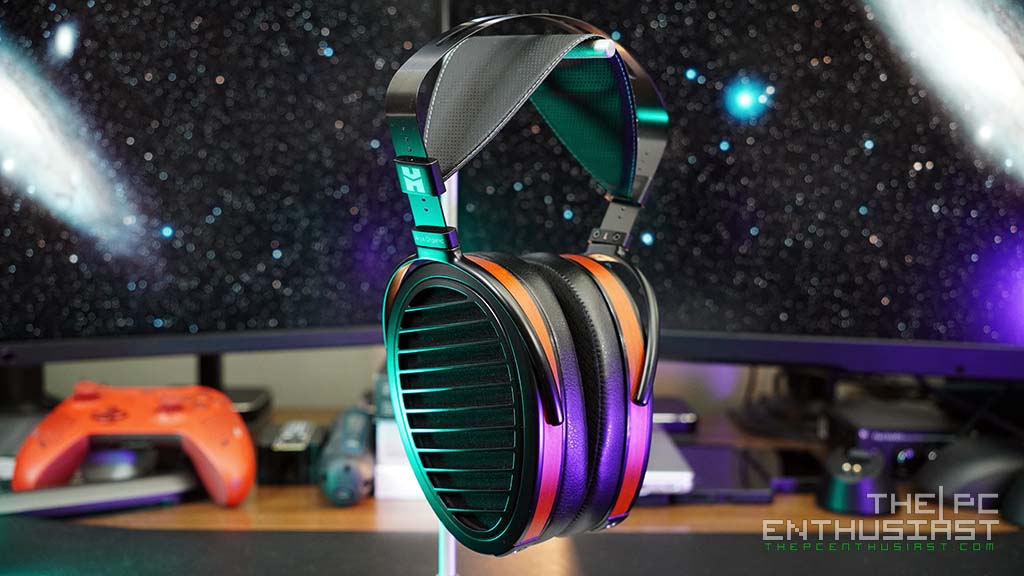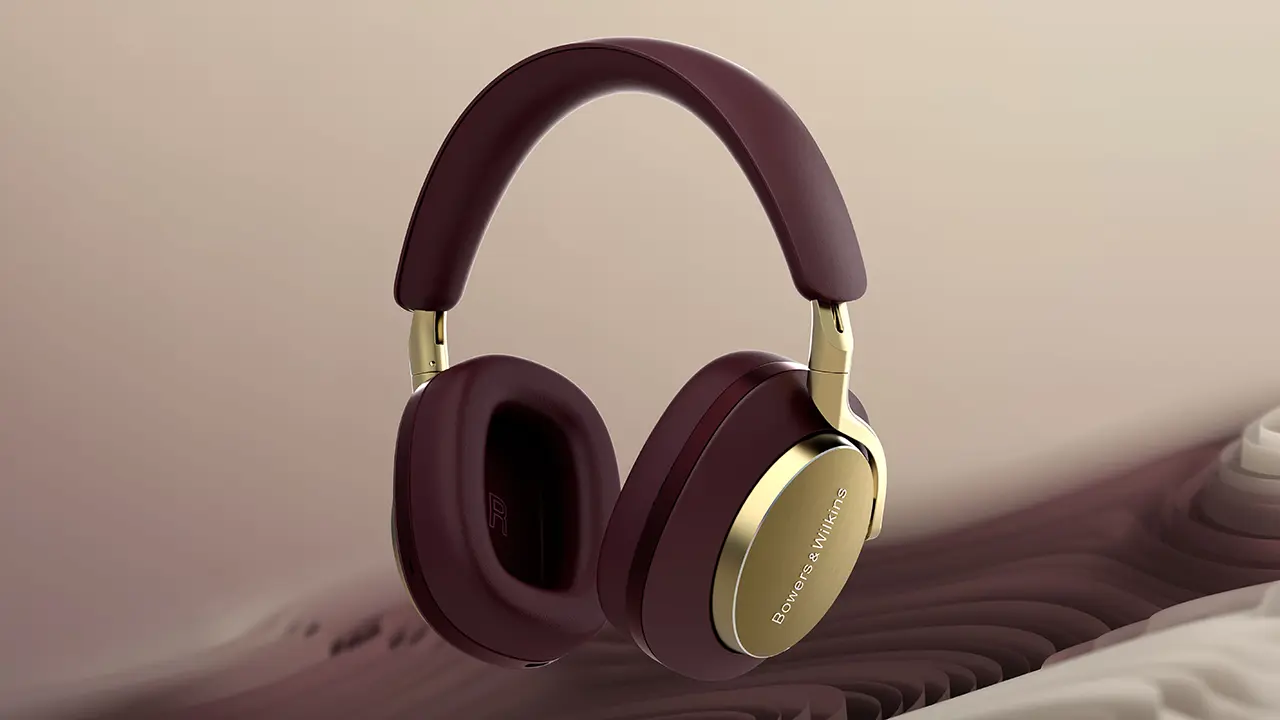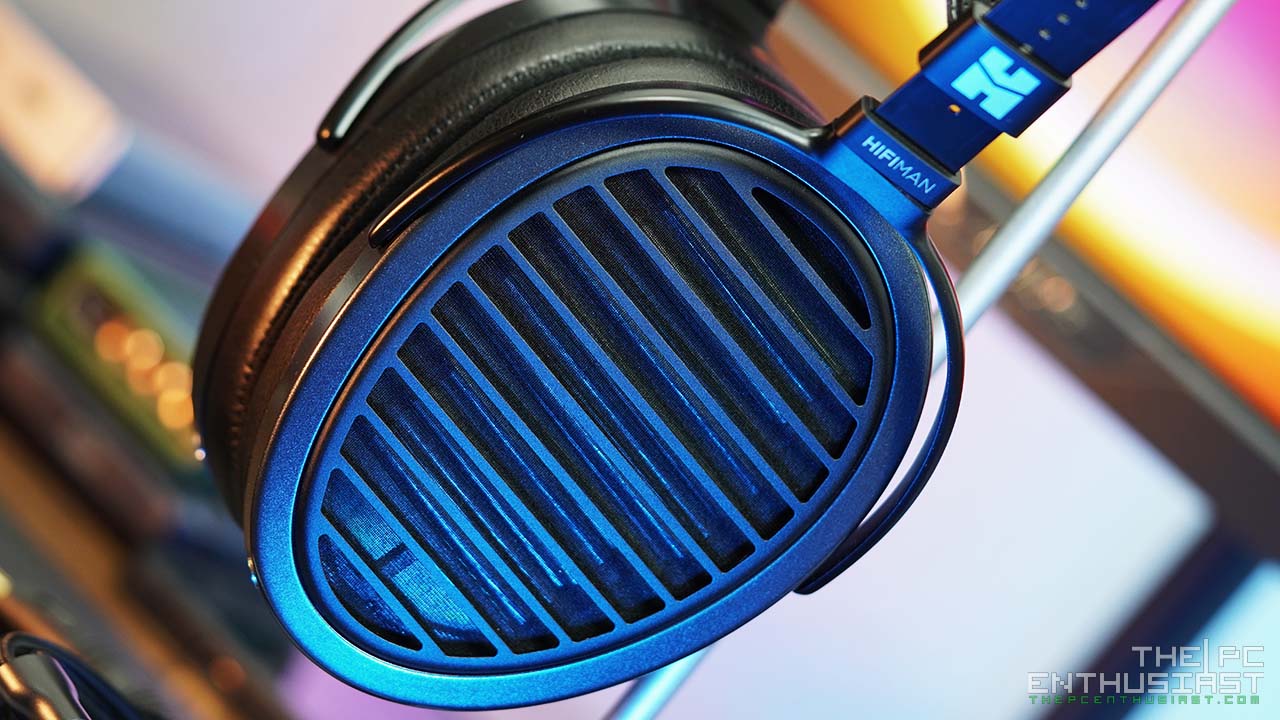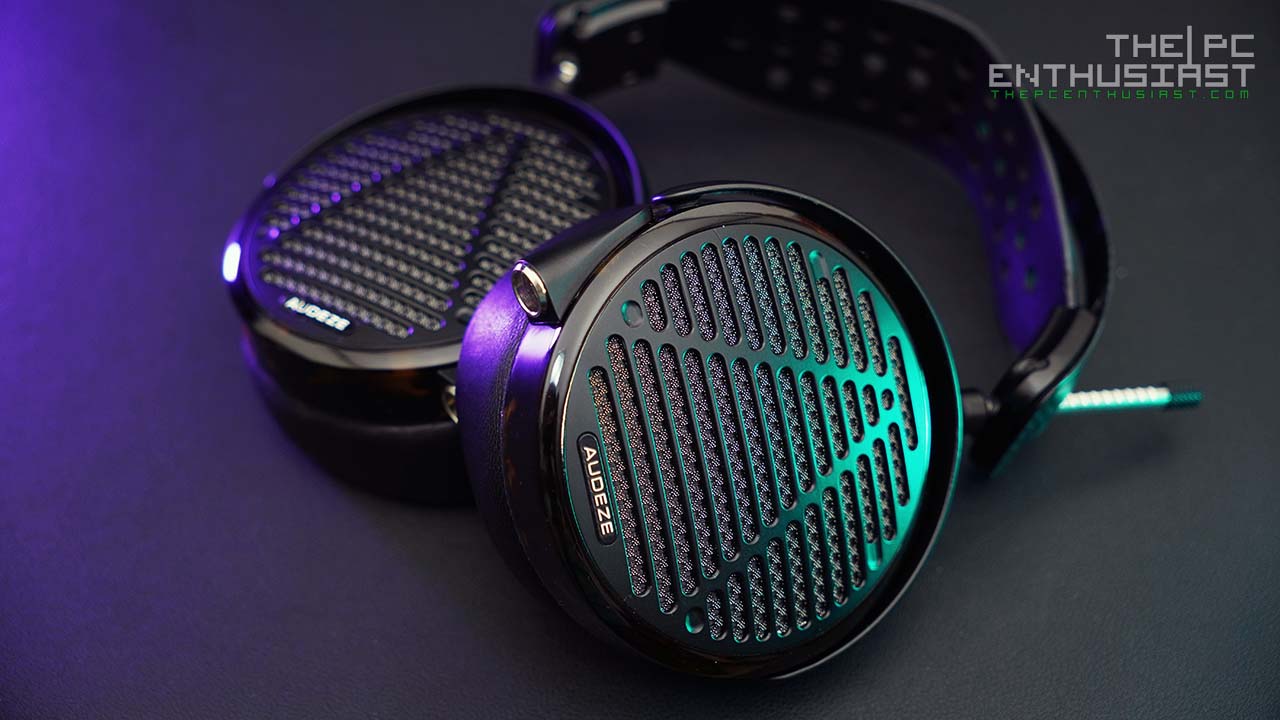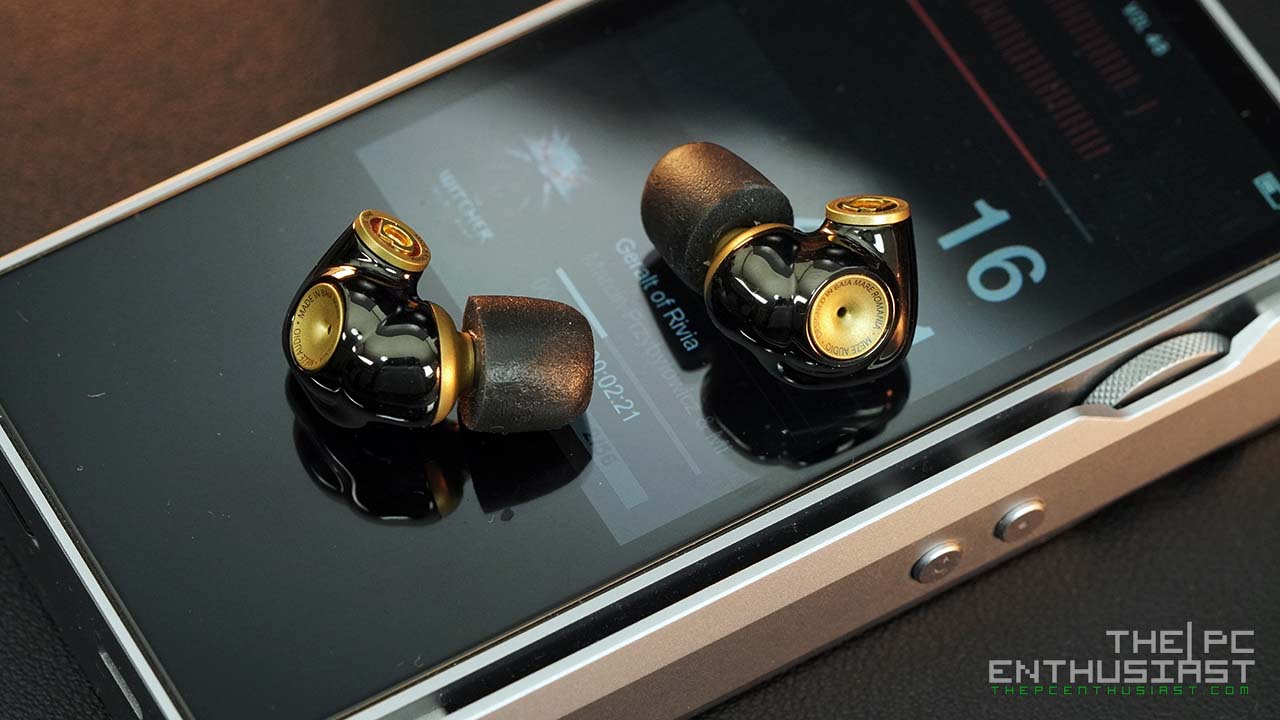The bit Opus#1 Testing and Subjecting Listening
I have been testing and listening with the Opus#1 for quite some time now. Since the day I got this portable player months ago, it has been my daily driver. I patiently waited for several firmware update before finalizing my review and I could say that the bit has been actively developing the Opus#1’s firmware, including their portable DAC/Amp the Opus#11. The company has been releasing firmware updates almost every month and it’s a good sign. I just hope they will continue to release more firmware updates as I feel they can improve the Opus#1’s user interface much further.
When I am on the go, I usually use some of my IEMs like UM’s Miracle V2, Campfire Audio’s Andromeda and Lyra. While at home, I listen to the Opus#1 with my full sized headphones like Audeze EL-8 and HiFiMAN HE-400s. The Opus#1 didn’t have problems in driving the IEMs at all. However, I noticed that the Opus#1 may not be able to drive full sized high impedance headphones well. When I am using an IEM my comfortable listening volume is around 60 to 70 depending on the IEM. When I am using my headphones that are just around 30 to 35 Ohms, volume level is around 120 to 125 already. The maximum volume level of the Opus#1 is 150, so I figured that if you have higher impedance headphones like the popular Sennheiser HD 800 or HD 800 S, the Opus#1 may no longer be able to drive those headphones properly.
The good news is hissing is not a problem with the Opus#1. I currently don’t have a very sensitive IEM, so I don’t claim that the Opus#1 is hiss-free. But with the current IEMs I got, hissing was not a problem. There might be hissing at some point, specially at high volumes but I wouldn’t push the volume that far with an IEM. I certainly do not want to damage my ears!
Generally speaking, the Opus#1’s user interface was very friendly, easy to use and easy to get used to. The touch screen was very responsive and it was a smooth experience overall. Swiping the screen up and down, sideways left to right was like using a good Android smartphone. Of course there were lots of bugs with the early firmware, but with the current firmware almost all bugs are gone. There are still some bugs that needs fixing and some features that needs improvements, but generally speaking with the firmware 1.10.15 it was a smooth experience.
The Opus#1’s battery life and power management was impressive. I think I got around 10 hours of playback but I was using an IEM with this. It may be lesser with a full sized headphone. What impresses me is when the Opus#1 goes into a somewhat “deep sleep mode”. I don’t know how it actually works, but usually we turn off or shut down the DAP to conserve energy. In the case of the Opus#1, you don’t have to fully turn off the DAP. Simply pause or stop playing and hit the power button and it will go into “deep sleep”. It doesn’t just turns off the display but I think the Opus#1 also goes into sleep mode. I was surprised to see that the battery life was still above 50% after not using it for a couple of days or so. I’m not sure if this has something to do with Android being its base OS, but I know a lot of Android smartphones have this kind of power saving or sleep mode feature.
To my ears the bit’s Opus#1 DAP is generally neutral sounding. Like the L5 Pro DAP, it’s not analytical, it’s smooth and it’s leaning a bit on the warmer side. The Opus#1 is transparent and I think the bass, mids and highs are balanced very well, not overlapping or overpowering one another.
Like I said, it’s leaning towards the warmer side; this means bass has a good amount of extension and rumble. However it’s not too aggressive or punchy but rather the bass is presented in a natural way. It can go deep but doesn’t sound bloated or over powering at all. The mids is also presented in a natural and neutral way. It doesn’t sound thin and vocal sounded full, rounded and bodied. The mid-section is (very) clear and clean, making solos sound great and intimate. Mid-section presents a generous amount of detail and transparency, which is very resolving to my ears. Meanwhile the treble section has a good amount of extension proving great detail and micro detail, but without any unwanted spikes and doesn’t sound sibilant at all. The high section also sounds natural and doesn’t make your headphone or earphone brighter than it was.
To my ears the soundstaging and layering on the Opus#1 is great and it is able to produce a good amount of depth and width. Open back headphones that are easy to drive or efficient will benefit this kind of tuning. Even with the Campfire Andromeda IEM, using it with the Opus#1 makes the music sound relaxed, wide and open. Undoubtedly, layering and instrument separation on the Opus#1 are great as well.
When comparing the Opus#1 with the L5 Pro, both sounds great to my ears. The L5 Pro is a bit warmer and a bit more aggressive to my ears, and has more power to drive full sized headphones. It’s actually hard to tell which one is better since both sounds very good to my ears, generally speaking. However, I think the Opus#1 wins when it comes to user interface and ease of use.
Now to conclude this review…

